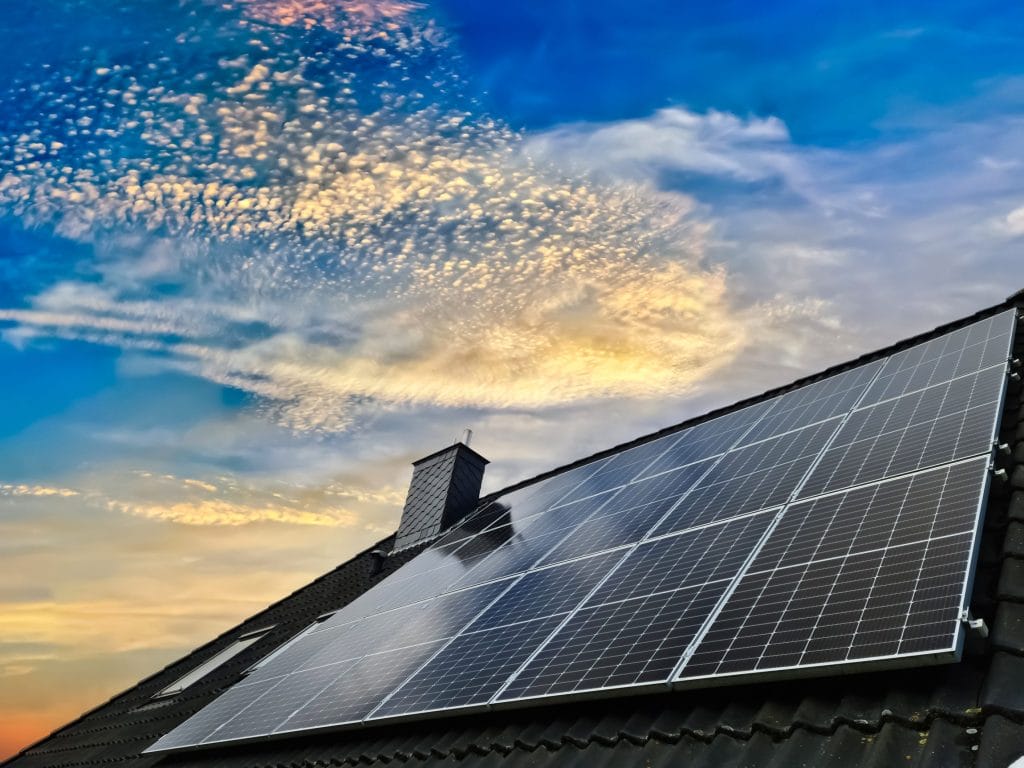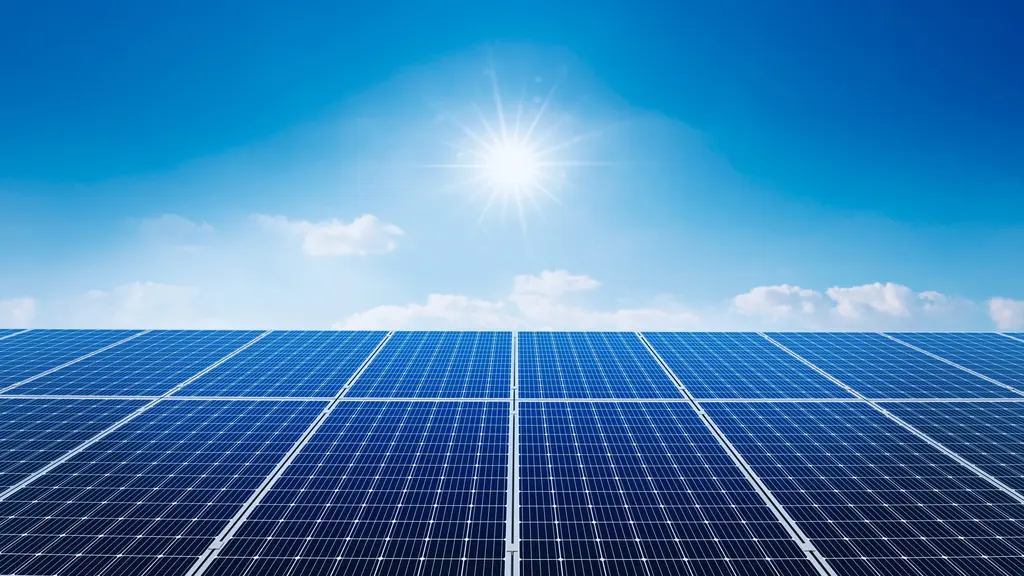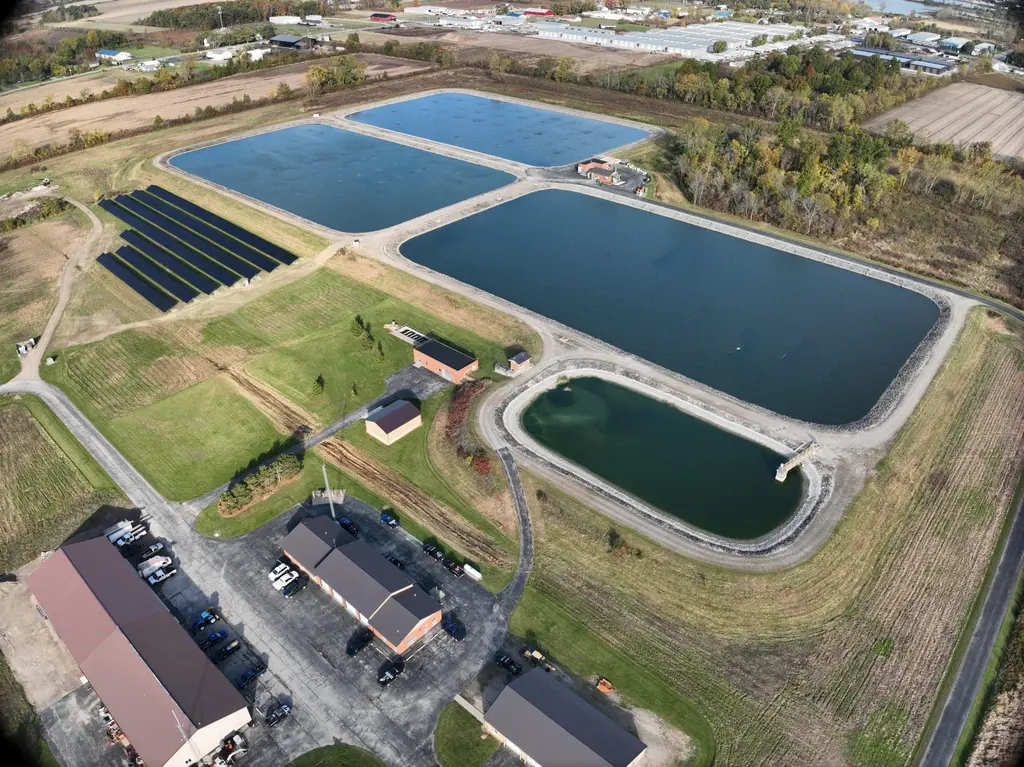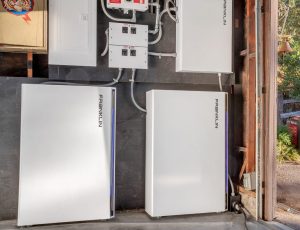The road to treading a little lighter is full of opportunities. From green habits like recycling, gardening, and carrying a reusable water bottle, all the way up to bigger projects like installing a solar system at your home. Utilizing solar energy is a big win for the environment. Going solar is a big step in the right direction if you intend to minimize your environmental footprint.
This post intends to help you understand the magnitude of carbon savings a solar system has on an individual or family every year.
Solar Case Study
[av_image src=’https://kokosingsolar.com/wp-content/uploads/2020/11/VOX-Whats-causing-climate-change.png’ attachment=’7355′ attachment_size=’full’ align=’center’ styling=” hover=” link=” target=” caption=” font_size=” appearance=” overlay_opacity=’0.4′ overlay_color=’#000000′ overlay_text_color=’#ffffff’ copyright=” animation=’no-animation’ av_uid=’av-1uuph4′ admin_preview_bg=”][/av_image]
Source: Vox, What’s causing climate change, in 10 charts
The average American household produces 19.3 to 91.5 tons of CO2-equivalent annually. As those numbers have risen over time, familites increasingly consider their options for reducing their carbon footprint at home. Solar power has begin to stand out as a meaningful way to achieve that household reduction.
Take environmental impact information from a recent residential solar installation. Pictured above is an 8.3 kW solar installation in Duncan Falls, Ohio. This solar system was designed to offset the home’s annual energy consumption by 100%. The environmental impact of this solar system? Over 30 years the system will have saved the Carbon Dioxide emitted from burning 227 tons of coal. This is equivalent to driving the perimeter of the United States 48 times. Or, preserving 268 acres of forest. This solar system demonstrates how residential solar is good for the environment.
What other savings does this system include? Over the lifetime of their system, will save the homeowners over $16,000 in utility savings.
Fortunately, solar systems appeal to both our idealistic and pragmatic motivators. Sustainability is often defined as where beneficial environmental impacts meet with cost savings. Cost savings is a cornerstone many of us consider when making adjustments that benefit the environment.
Solar and the Environment Myth Busting
There are lots of solar myths out there. Are solar panels bad for the environment? Does it take more resources to produce a panel than that panel will produce in its lifetime? The simple answer is no.
The materials used in obtaining and manufacturing solar cells and modules is a hot topic. And anyone who is considering going solar for environmental reasons will look critically at the materials used in their energy choices. As with anything these days – do your research. Choose an information resource that you trust and ask questions, read, and understand the latest news and technology. Much has been “green-washed” or made to look sustainable when it’s not- over the decades. So, it’s good to look at sustainability claims with a critical eye.
- Embodied Energy – How many years will a solar module need to be generating energy to offset the energy that went into mining the raw materials, transporting, manufacturing, etc.? About 2 years on average. Panels usually have a 30-year design life, 25-year warranty, some last longer. Solar Panels will net out more energy than was used in production.
- Supply Chain – rare earth minerals exist in many of the electronics we use every day. Solar panels are not exempt from this. However, comparing solar panels against the standard energy utility, in the big picture we believe that fossil fuel resources have a dirtier supply chain than solar. Do your research, compare, dig deep and we think you’ll agree.
The Environment + Your Home
There is a whole lot you can do – from daily habits to big changes to your home – to be greener. Simple things include biking to work instead of driving, buying locally grown food, and remembering to turn your lights off and thermostat down when you leave for work in the morning. Bigger changes might include replacing your windows, adding insulation, or adding solar panels to your home. Wherever you are– we’re glad you’re taking the time to think about changes you can make to support the shift to clean energy. Reach out f you’re interested in learning more about the environmental and cost savings potential at your home with solar.
"*" indicates required fields










